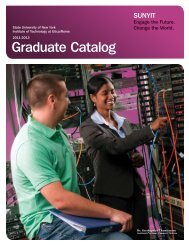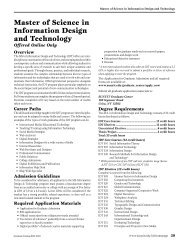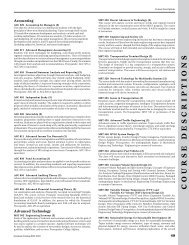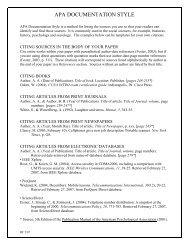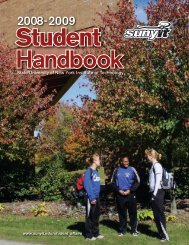Expanding the Public Sphere through Computer ... - ResearchGate
Expanding the Public Sphere through Computer ... - ResearchGate
Expanding the Public Sphere through Computer ... - ResearchGate
Create successful ePaper yourself
Turn your PDF publications into a flip-book with our unique Google optimized e-Paper software.
Chapter 7<br />
The <strong>Expanding</strong> <strong>Public</strong> <strong>Sphere</strong><br />
This <strong>the</strong>sis advances our understanding of <strong>the</strong> opportunities provided by Usenet,<br />
and by extension o<strong>the</strong>r forms of computer mediated communication, to expand<br />
<strong>the</strong> public sphere. As importantly, this <strong>the</strong>sis introduces a methodology for examining<br />
<strong>the</strong> patterns of communication within Usenet newsgroups, and provides<br />
some initial steps toward understanding <strong>the</strong> nature of this rapidly developing communications<br />
medium.<br />
This <strong>the</strong>sis suggests that Usenet newsgroup might expand <strong>the</strong> public sphere by<br />
providing opportunities for individual citizens to engage each o<strong>the</strong>r in rationalcritical<br />
debate about <strong>the</strong> abortion issue. More specifically, criteria by which a<br />
public sphere arena can be evaluated for its goodness of fit with <strong>the</strong> idealized<br />
public sphere defined by Habermas (1989) in The Structural Transformation of<br />
<strong>the</strong> <strong>Public</strong> <strong>Sphere</strong> are specified and measures for each of <strong>the</strong>se criteria are developed<br />
and applied to an ongoing conversation about politics. The informal zone of<br />
<strong>the</strong> public sphere created by <strong>the</strong> participants in <strong>the</strong> talk.abortion newsgroup was<br />
found to be diverse and reciprocal, but lacking in equality and quality. This chapter<br />
summarizes <strong>the</strong> main arguments presented in <strong>the</strong> <strong>the</strong>sis and highlights <strong>the</strong> key<br />
findings. It must be noted that this work represents a beginning, not an end. O<strong>the</strong>r<br />
dimensions with which to measure <strong>the</strong> public sphere could have been selected,<br />
and might have resulted in different conclusions. Additionally, alternative operationalizations<br />
of <strong>the</strong> dimensions may have resulted in alternative findings. It is<br />
important, however, that <strong>the</strong> scholarly community continue to expand our abilities<br />
to measure <strong>the</strong> nature of <strong>the</strong> public sphere, especially with reference to emerging<br />
communication technologies.<br />
101




